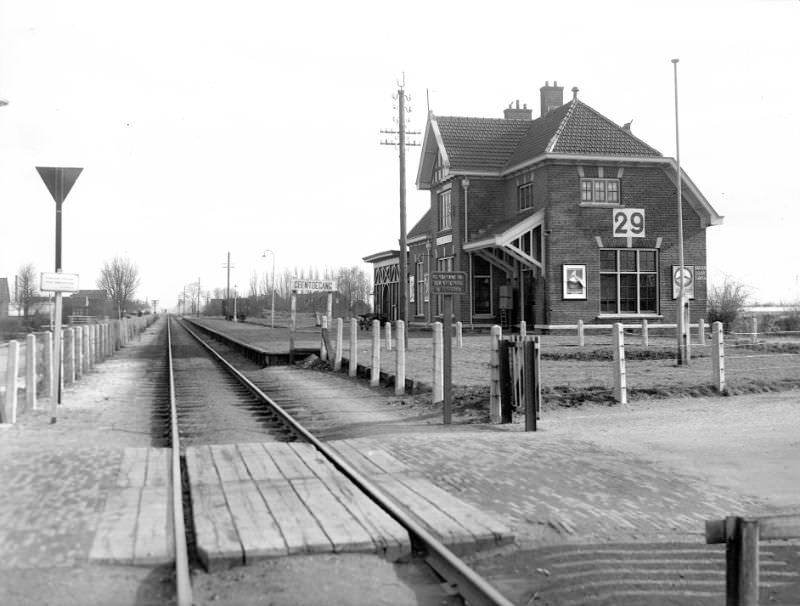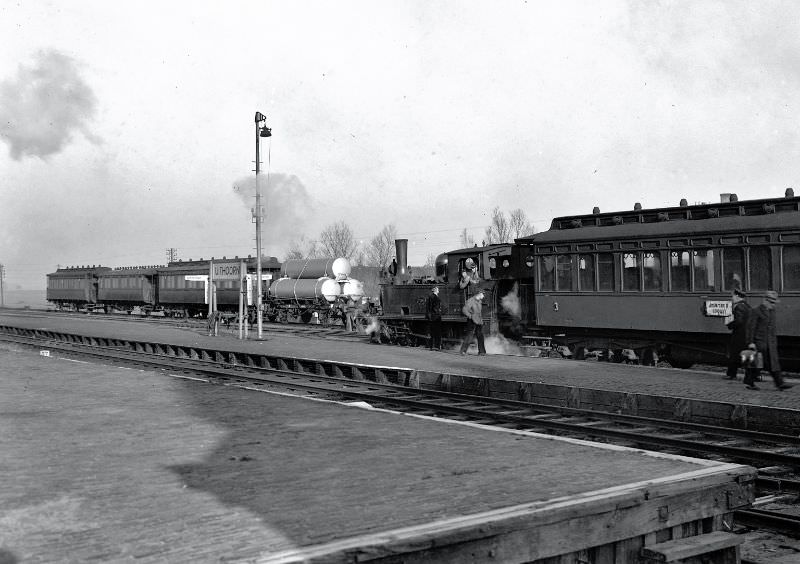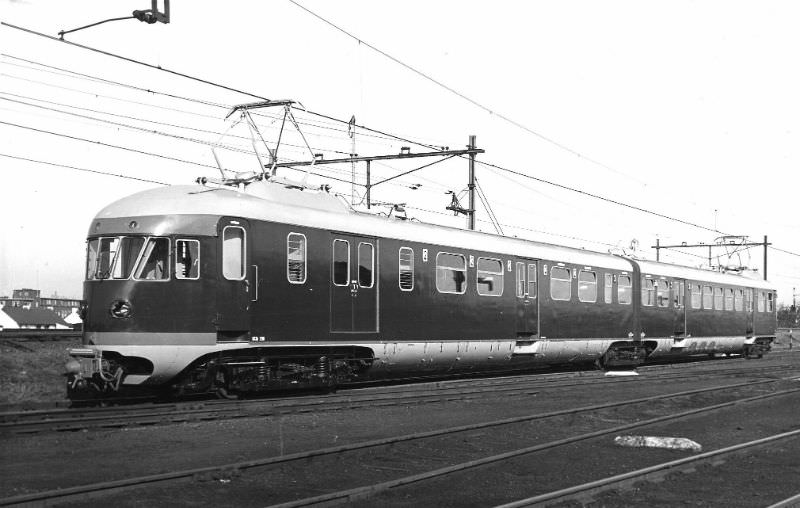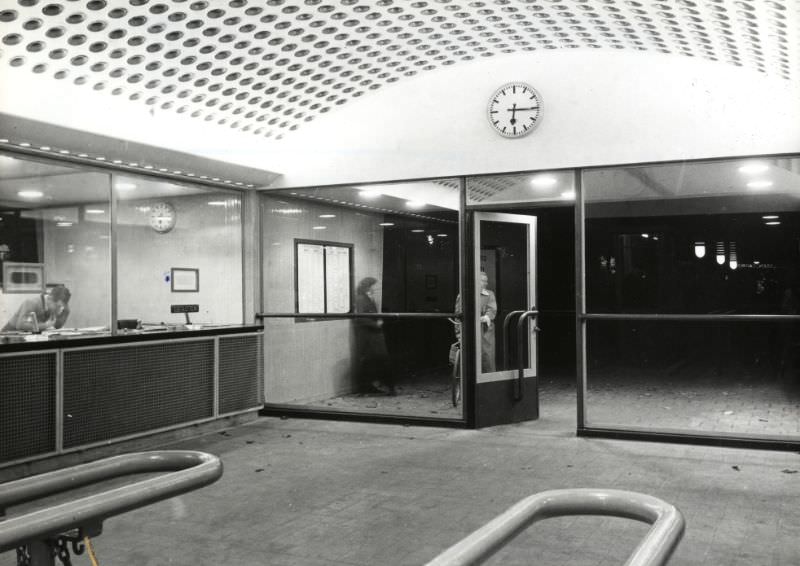In the 1950s, the Dutch National Railways (Nederlandse Spoorwegen) played a central role in the everyday life of the Netherlands. It was the primary mode of transportation for people and goods, and it was a crucial link between cities, towns, and villages.
These photos capture the unique ambiance that surrounded the Dutch National Railways in the 1950s. The images showcase the bustling train stations, the locomotives and carriages, and the diverse cast of characters who passed through them. The photos also provide a glimpse into daily life in the Netherlands during this time period. People from all walks of life can be seen waiting for trains, boarding carriages, and disembarking at various stations.
These vintage photos offer a fascinating look at the Dutch National Railways in the 1950s. They capture a time when the railways played an integral role in Dutch society and showcase the unique ambiance and character that was present at train stations throughout the country.









































